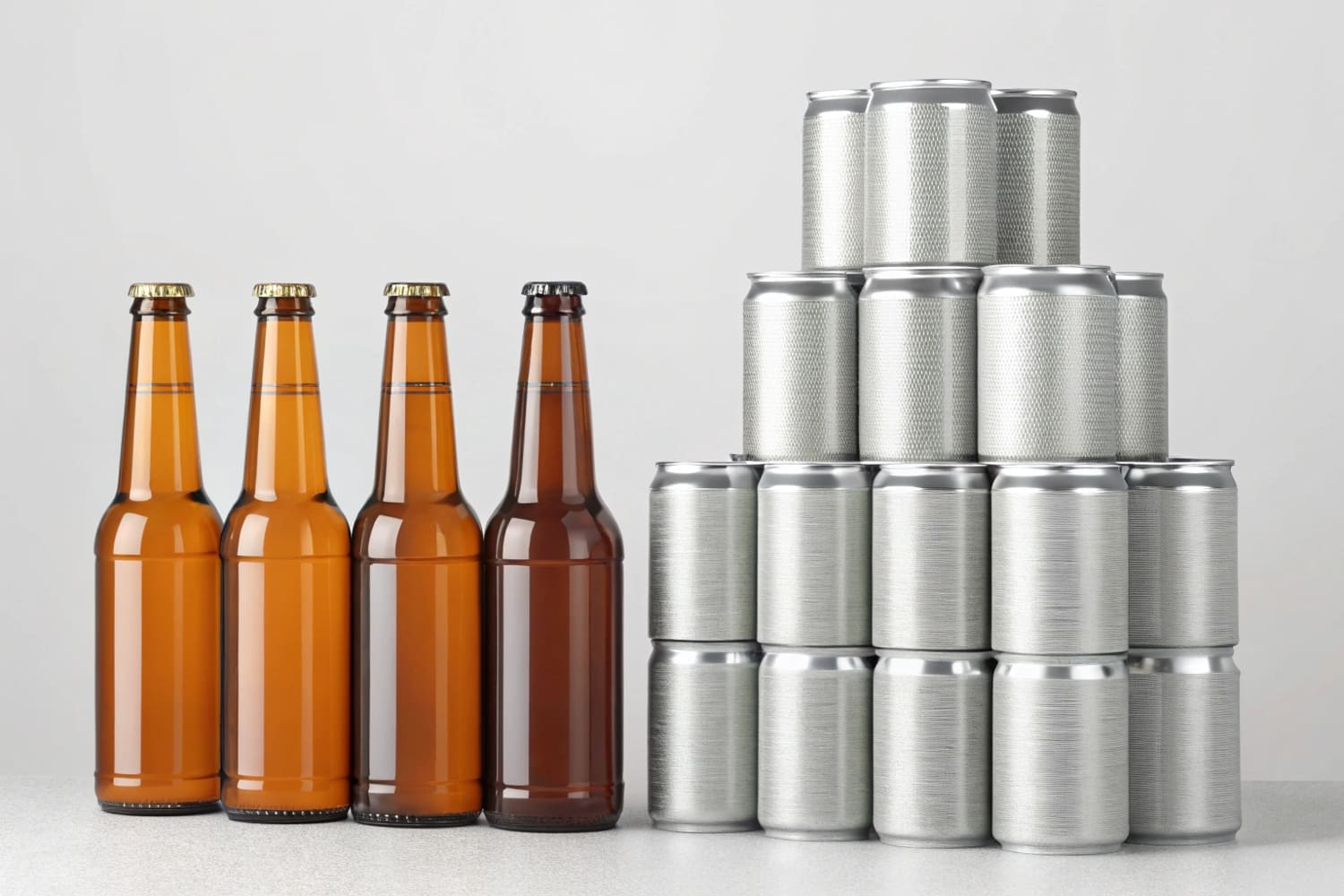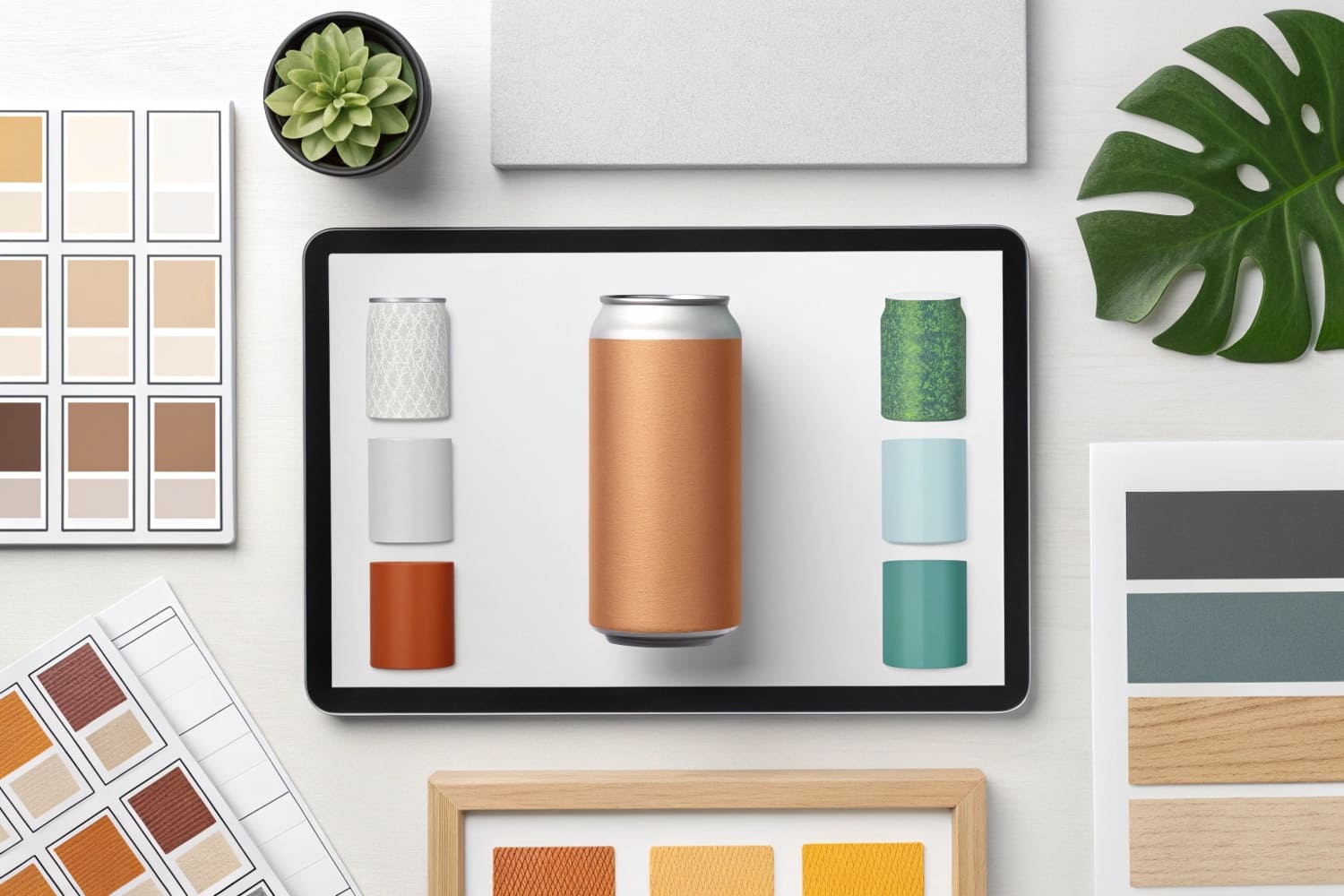How to Choose Your Retail Display Height?
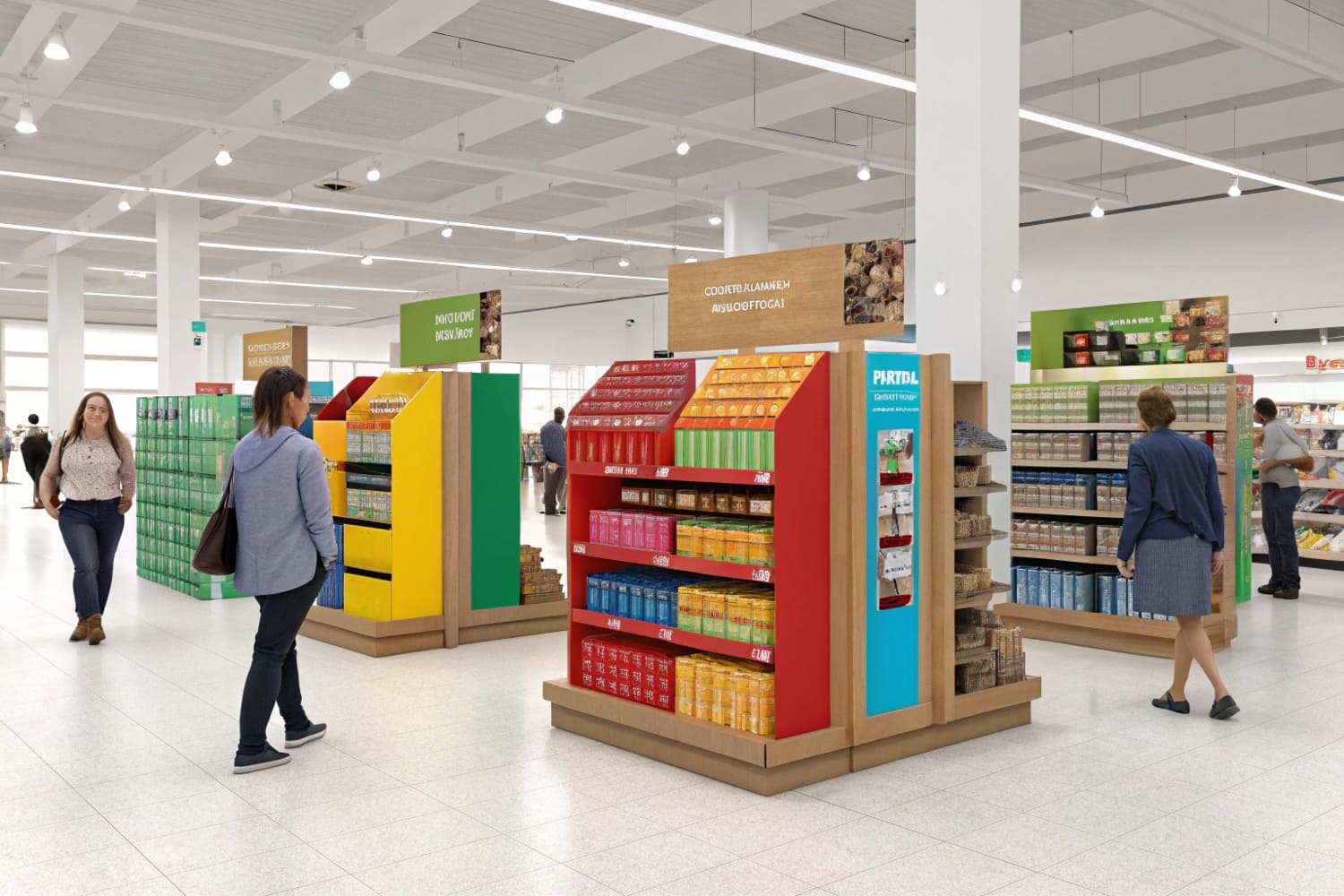
The height of your retail display can make or break a customer’s shopping experience. If you’ve ever walked through a store and found it difficult to spot products, then you know how critical display height is to your success. Let’s dive in and explore how to choose the perfect display height for your store.
The best height for display shelves should be eye-level for the average shopper. This is typically around 4 to 5 feet off the ground. A well-placed display height increases product visibility and engagement, encouraging customers to make a purchase.

When designing your store layout, it’s crucial to consider the height at which you position your products. Not only does this influence customer interaction, but it also impacts how well your products are showcased. Read on to learn about the best practices for determining display height.
What is the best height for display shelves?
Setting the right height for display shelves is essential to drawing in your customers. The height of your display shelves can determine how easily customers can view and access the products.
The best height for retail display shelves is typically between 4 and 5 feet. This height ensures that most shoppers can comfortably view and reach the products without having to stretch or squat.
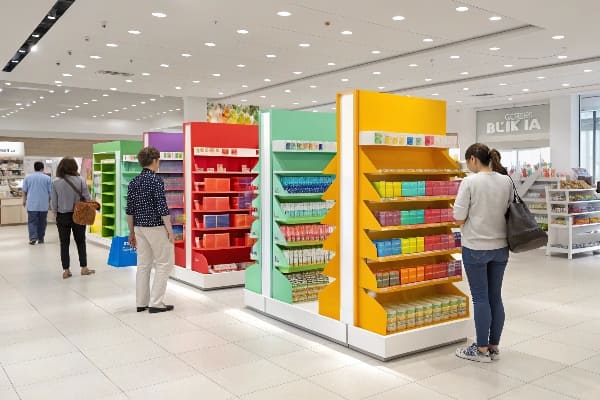
Factors to Consider
When selecting the ideal display shelf height, consider the following:
- Target Audience1: If your store caters to a specific demographic, such as children or elderly people, you might need to adjust the height of your shelves accordingly.
- Product Type: Heavier or bulkier items may need to be placed lower for safety and ease of access. Smaller, lighter products can be placed higher for better visibility.
- Store Layout2: A store’s layout and flow can also influence display shelf height3. If you have narrow aisles, lower shelves can help create a more open space.
The goal should always be to maximize both accessibility and visibility4 for your customers. Shelves that are too high or too low can result in missed sales opportunities. By keeping the average height of the shelf5 in mind, you’ll enhance the shopping experience and boost product engagement6.
What is the average height of a retail store?
The overall height of a retail store is another critical consideration when designing your space. The ceiling height can influence how you approach product displays, signage, and overall store layout.
The average height of a retail store is typically between 10 and 15 feet. This range allows for various display setups, including overhead signage and wall-mounted displays.
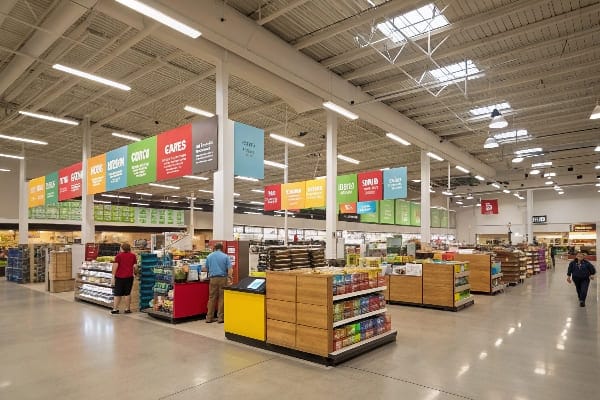
How Ceiling Height Affects Store Design
A taller ceiling can provide more flexibility with display designs7. You might choose to install higher shelving units or place large, attention-grabbing displays at elevated positions. However, a higher ceiling also requires more careful planning to ensure that products remain within easy reach of customers.
On the other hand, if you have a lower ceiling, you might want to focus on compact displays and shorter shelves to create a more intimate atmosphere. Your choice of display height will ultimately depend on the space you’re working with.
The store height will impact the overall layout, so it’s essential to balance your shelving decisions with other elements of store design8, such as lighting and the location of walkways.
What is the height of retail signage?
Signage is one of the most powerful tools in your store to attract attention and direct customers. But, how high should your retail signage be placed?
Retail signage should be positioned at a height that is visible to all shoppers. Typically, signage is placed around 6 to 8 feet off the ground.

Considerations for Signage Placement
When placing signage, consider the following factors:
- Visibility9: Ensure that the signs are at a height where they are clearly visible to customers from various areas of the store. Overhead signs can be effective for larger spaces, while lower signs may work well in smaller shops.
- Customer Behavior10: Think about how your customers move through your store. If most of your shoppers are standing at eye level with the signs, you can place them at that level. Otherwise, a slightly higher or lower position might be necessary to catch attention.
- Lighting11: Proper lighting can highlight your signage and make it more visible, even from a distance. Choose well-lit areas for your most important messages.
By placing your signage at the right height, you not only ensure maximum visibility but also make it easier for customers to navigate the store and find the information they need quickly.
What is the average height of a retail counter?
The height of a retail counter plays a key role in both customer experience and the functionality of your store. If you’re thinking about setting up a checkout or service counter, understanding the typical height can guide your decisions.
The average height of a retail counter is typically between 36 and 42 inches. This height allows for comfortable interaction between customers and employees.
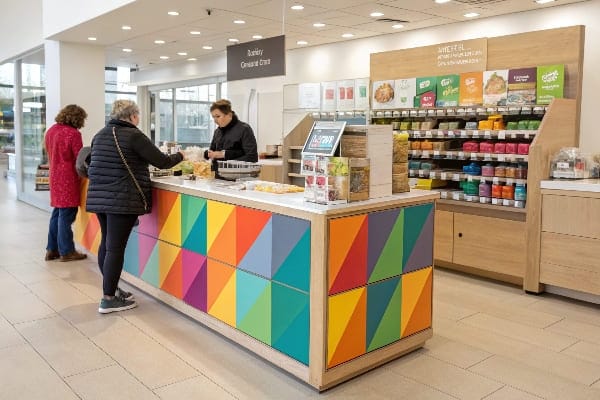
Why Counter Height Matters
The height of your retail counter impacts how efficiently your customers can interact with your staff. A counter that is too high or low can create discomfort or hinder the flow of transactions.
- Customer Comfort: A counter height12 of around 36 inches ensures that customers can comfortably engage with staff without leaning or stretching. Taller counters (closer to 42 inches) are often used for more formal or secure settings.
- Staff Efficiency: For your employees, a counter height that falls within the standard range ensures that they can perform their tasks comfortably, without unnecessary bending or straining.
The key is to balance accessibility and functionality when choosing your counter height. A well-positioned counter ensures a smooth shopping experience and contributes to overall store efficiency.
Conclusion
Choosing the right height for your retail displays, shelves, signage, and counters ensures that customers have a positive shopping experience. With thoughtful planning, you can increase product visibility and improve customer engagement in your store.
Exploring how target audience influences shelf height can help tailor your store’s layout for better customer engagement. ↩
Learning about the relationship between store layout and shelf height can optimize space and improve shopping flow. ↩
Understanding the ideal display shelf height can enhance product visibility and accessibility, improving customer experience. ↩
Explore strategies to enhance customer experience by improving accessibility and visibility in your store layout. ↩
Learn about optimal shelf heights to improve product visibility and customer engagement in retail environments. ↩
Discover effective techniques to increase product engagement and sales through strategic display methods. ↩
Discovering innovative display designs can inspire you to create visually appealing and effective product presentations. ↩
Exploring best practices in store design can enhance customer experience and boost sales in your retail environment. ↩
Explore this resource to learn effective strategies for maximizing the visibility of your signage, enhancing customer experience. ↩
Understanding customer behavior is key to effective signage placement; this link will provide valuable insights. ↩
Discover how proper lighting can significantly improve the visibility of your signage, making it more effective. ↩
Understanding the ideal counter height can enhance customer interaction and improve store efficiency. Explore this link for expert insights. ↩


